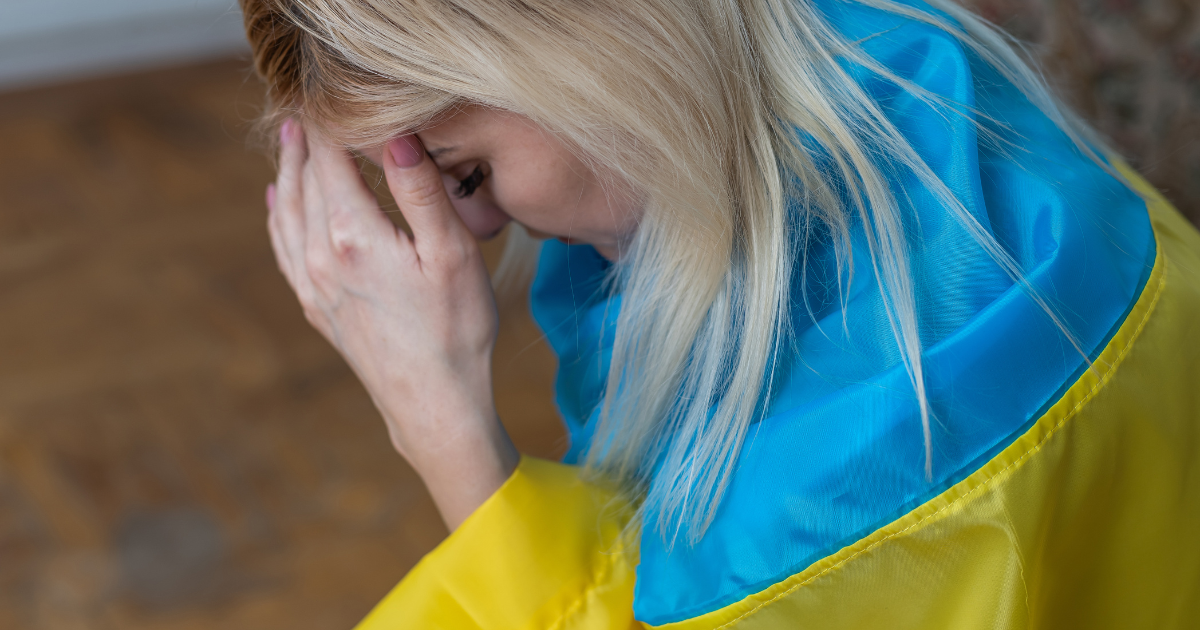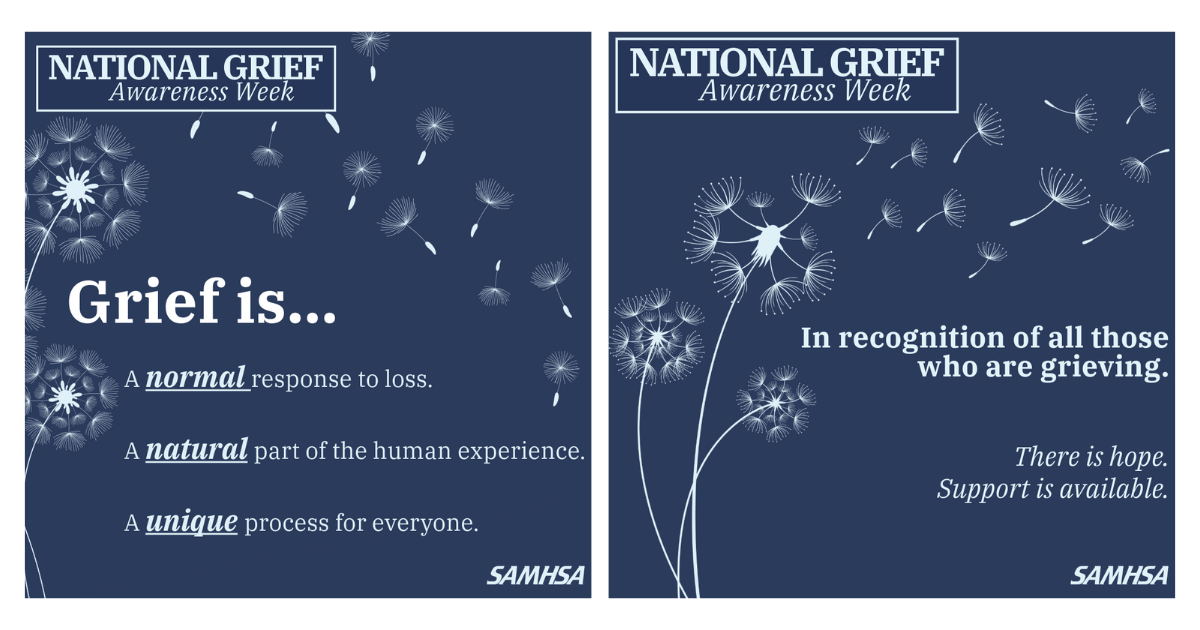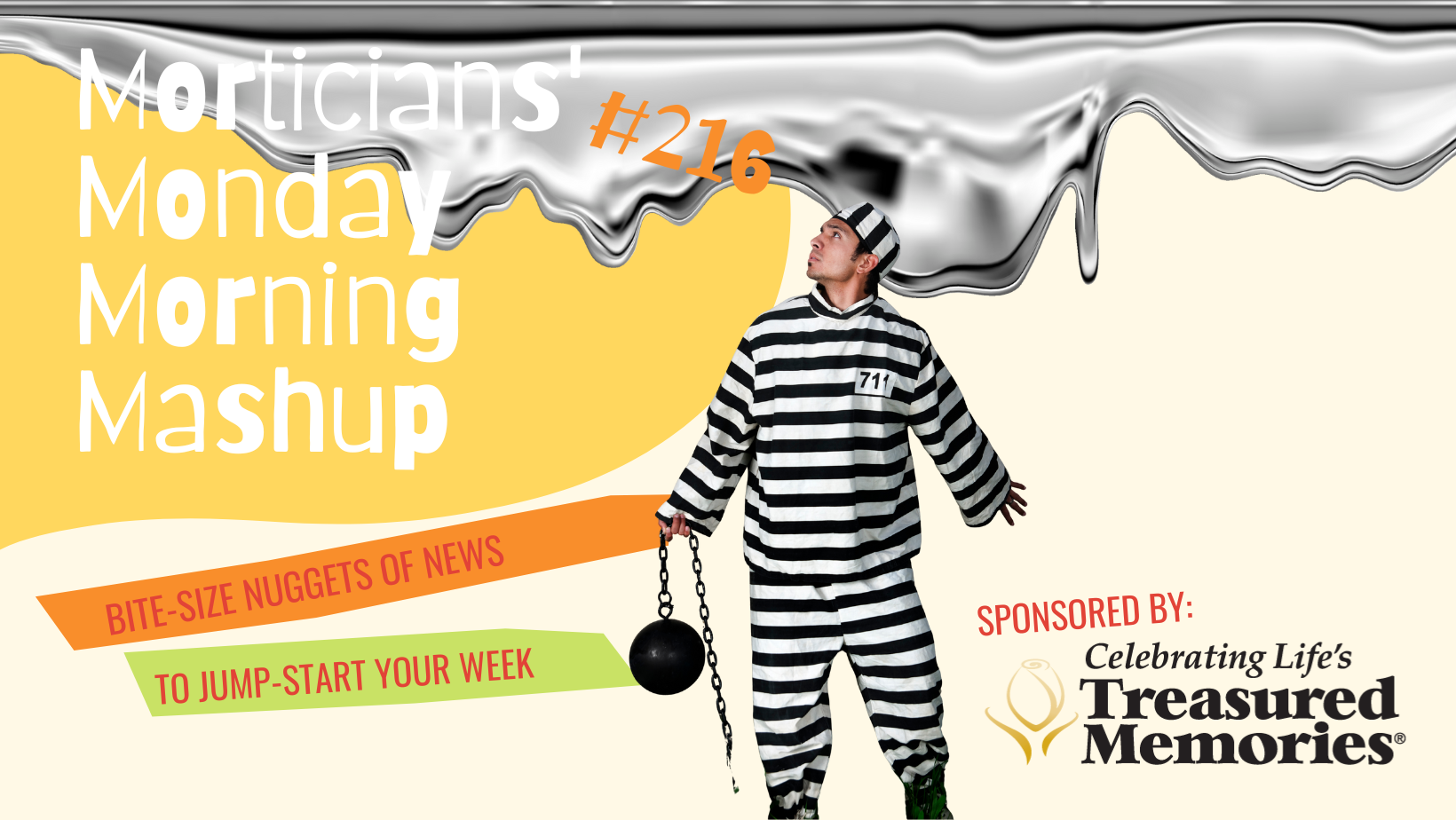Smelling Death: On the Job With New York’s Crime-Scene Cleaners
Article originally published on: TheAtlantic.com
SI and Law & Order would have you believe that a crime scene empties out after the glitzy detectives are done with it. In reality, somebody else has to come in and clean it all up.
There is blood all over the room. It’s on the walls and it has seeped into the cracks in the floor. There are smears of it on the doorknob and bloody handprints on the lampshade, the light switch, and the walls. There is even a large pool of it congealed under a twin-sized bed, where the victim tried to hide. “That’s the thing about a bludgeoning,” says Doug Baruchin, president of Island Trauma Services, a crime-scene cleaning-company in Long Island, as he calmly explains the steps they took to clean up this particular scene, “The blood splatters everywhere.”
Crime stories and detective work have always had a large audience, from Sherlock Holmes novels toCSI and Law and Order, but people often forget that someone else comes in to clean up after all the forensic work is done.
Baruchin, 48, has been in the crime-scene-cleaning business, or “biohazard cleaning,” as it is formally known, for about three years. He started Island Trauma Services under the umbrella of a reconstruction and renovation company that he had been working with for nearly a decade. Since then, Island Trauma has grown to employ several technicians and gets jobs from all over the Tri-State area.
But cleaning crime scenes isn’t all that Island Trauma Services does. Baruchin is quick to point out that most biohazard companies don’t just clean up after crimes. They’ll disinfect anything that might involve biohazards, such as a homicide, a suicide, an unattended death, or the home of a hoarder. “Anything that most typical cleaning companies won’t do, people call us for,” he says.
Crime-scene cleaning is not a glamorous profession, but it is a lucrative one.Last year there were 333 murders in New York City alone. Considering that companies like Island Trauma clean up crime scenes, natural deaths, and hoarder homes in the entire Tri-State area, they tend to keep busy throughout the year. In 2013, the company, which employs approximately 30 people (some of whom work part-time), made more than $500,000 in profit.* An individual working full-time as a biohazard technician can make between $35,000 to $80,000 a year depending on what biohazards they’re trained to work with, according to a 2012 industry report.
Baruchin is a tall, tan man who looks as if he probably hits the gym three days a week and sometimes on the weekends. He has about an inch-and-a-half of brown hair that he styles neatly and combs back. However, on that warm morning in May, it was hard to tell what any of the Island Trauma team looked like. Dressed in full cleanup gear, they were ready to begin work on a “decomp” in the Bronx—a body that wasn’t discovered for some time.
Because they work with biohazards like blood and human waste, employees have to shield every inch of their body. Getting ready for a job can be tedious. First comes a white head-to-toe Tyvek suit. It is designed to keep biohazards from getting in but it also keeps body heat from getting out. Twenty minutes into a job and you’re already sweaty.
After the Tyvek suit come booties over the shoes, a pair of rubber gloves taped at the wrists to keep contaminants out, another pair of larger rubber gloves over the initial pair, and finally, a mask that extends over the head and covers the eyes and mouth. It has two medium-sized holes on the sides for little round filters. “It helps you breathe, but it doesn’t do much to keep the smell out,” says Nils Renner, 40, Baruchin’s associate.
It’s hard to describe the smell of death. It makes your eyes tear and can make the strongest of stomachs churn. It’s strong enough to creep through a gas mask designed to keep the air you’re breathing clean.

This smell is what greeted Renner and Baruchin as they entered the Bronx apartment. At this job, the decomp, the man had died in his bedroom. By the time the Island Trauma team got into the apartment, his body had been cleared but the decomposition was left behind, all of which had congealed and hardened on the bed. The electricity was turned off and pigeons had crept in through an open window, leaving droppings and feathers all around. The only piece of furniture in the bedroom was the mattress the man died on. The smell had penetrated the walls. “That smell, it hits you right in the face, doesn’t it?” said Baruchin.
On average, a job can last from anywhere between 10 hours to two days. At a particularly gruesome scene involving lots of biohazards, the first hour or so is spent setting up a control room, an area where the team can enter and exit the scene without dragging dangerous waste out. They cover everything in plastic sheets and sometimes hang it up on the walls.
Since the death in the Bronx was natural and contained to one area, Baruchin and Renner didn’t have to spend much time setting up a control room. They placed their supplies in an adjoining room, covered two tattered armchairs in the living room with large plastic sheets, and got to work.
“I keep stepping on these damn coconut shells,” mumbled Renner as he taped biohazard-removal boxes together while dodging the numerous butternut squashes, coconut shells, and tarot cards strewn across the floor. “This is definitely a bit strange,” he says, eyeing the tarot cards, “but not the worst of what we’ve seen.”
Click here to read full article from The Atlantic
Feature Photo credit: Nils Renner of Island Trauma Services cleans an apartment in the Bronx. (Saira Khan)




